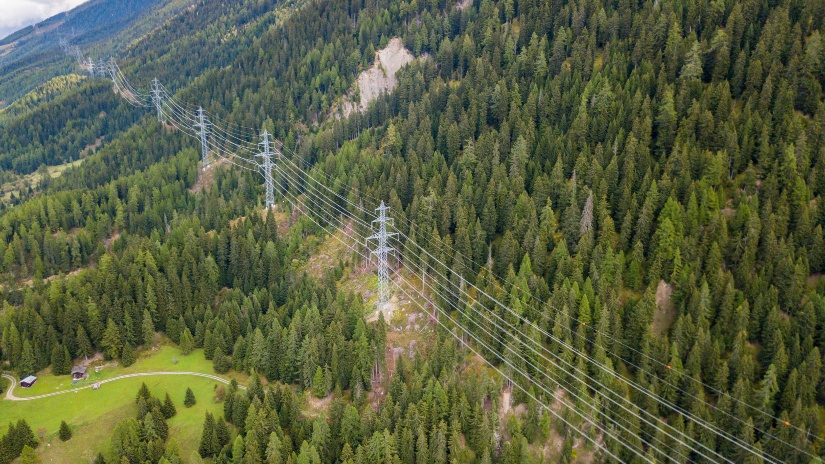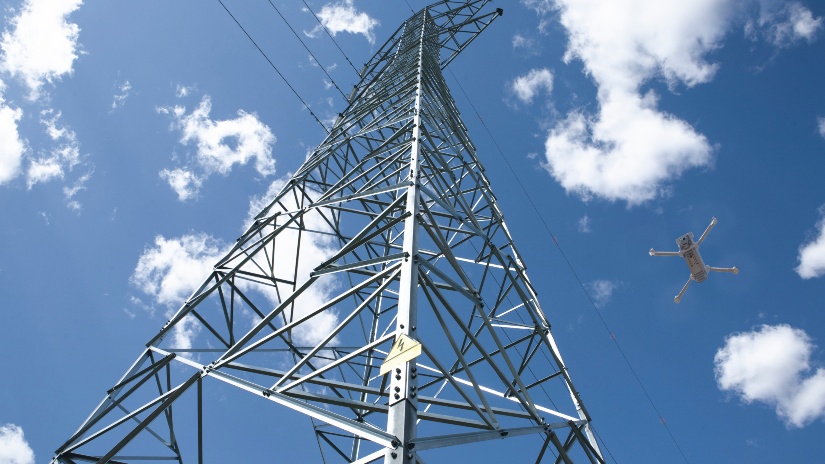By Phil Gruber, Energy Industry Practice Leader, Hitachi Vantara
Weather-related power outages have more than doubled in the last two decades.1 As utilities attempt to manage both the intensity and frequency of climate-related body blows delivered to an aging grid, keeping that grid online will become increasingly challenging.
But this isn't a surprise for the executive leadership of utility companies around the world. The Fourth National Climate Assessment, delivered to the United States Congress in 2018 predicted infrastructure designed for past climate conditions is vulnerable to the future weather extremes likely to result from climate change.2
The utilities industry will be facing a gauntlet of challenges over the coming decades, but the good news is that many technological advancements are now available to help them manage those challenges. And the better news is that new technology can help utilities not only survive but thrive in an increasingly unpredictable environment — all while becoming better stewards of the natural world that supports life on our planet.
An important segment of this new technology focuses on reducing the risk of catastrophic events, which not only leads to better public safety but also supports a more resilient infrastructure. In today’s more environmentally conscious society, utilities can meet this need with remote-friendly technologies such as automated intelligent vision analytics, which are making significant contributions to improve the monitoring, maintenance and reliability of critical infrastructure, such as power grids.

The phrase “eye in the sky,” referring to aerial, has been around for a while. Those extra “eyes” are much stronger and omnipresent now. These days, cameras offering advanced data processing and communications capabilities are ubiquitous. Pick any isolated spot on the planet at random, and it’s likely that there’s a video feed available that can provide monitoring of that location. And if not, it’s relatively cheap and easy to set up a video or imagery feed. Include the preponderance of camera-equipped drones and Lidar (light detection and ranging), thermal imagery and satellite technology, and there’s an unprecedented amount of visual data now available.
New technologies have been developed to automatically harness this abundant, ever-increasing visual data to help utility companies monitor all aspects of their operations, even to the farthest-flung corners of their grids. For example, Lumada Inspection Insights from Hitachi is an end-to-end portfolio of digital visual intelligence solutions that includes:
With these capabilities, utility companies can analyze any image from anywhere to detect asset health automatically, improve decision-making and optimize operations. Lumada Inspection Insights can provide a complete solution that incorporates cameras, sensors, gateways, edge and cloud data analytics and operations capabilities, enabling utilities to meet the challenges of a rapidly changing climate.
The ability to continuously monitor a utility’s assets visually exposes threats to operations quickly and intuitively. And identifying those threats allows utilities to take action to prevent them from becoming realities.

For all of us, change and adaptation will be necessary — and that will likely be more true for utilities than for most other industries. And there’s no question that utilities are aware of the need for change and are making the effort. From 2012 to 2017, spending devoted to increasing the grid’s reliability, security and resilience increased more than 40% to a yearly average of $21.9 billion.3 But recent efforts haven’t been enough, with weather-related outages drastically increasing in just the past few years.
New technologies — and new ways of thinking — offer a brighter picture. With predictive analytics applied to massive quantities of readily available imagery data, utilities can assess and remediate risks before outages occur. Simply put, digital visual intelligence solutions such as Hitachi’s Lumada Inspection Insights provide a better way for utilities to survive and thrive in an age of increasing climate-related turbulence.
Learn more about how Lumada Inspection Insights provides the technology that your utility can quickly and easily adopt for managing both future and current climate-related challenges.

Energy Industry Practice Leader, Hitachi Vantara
Phil Gruber, leads the Energy industry practice at Hitachi Vantara. Phil is an industry recognized leader with a proven track record for fostering innovation and transformation. He leverages a diverse background in business and technology consulting, software development and implementation, and technology-enabled business transformation to deliver outcomes for clients.